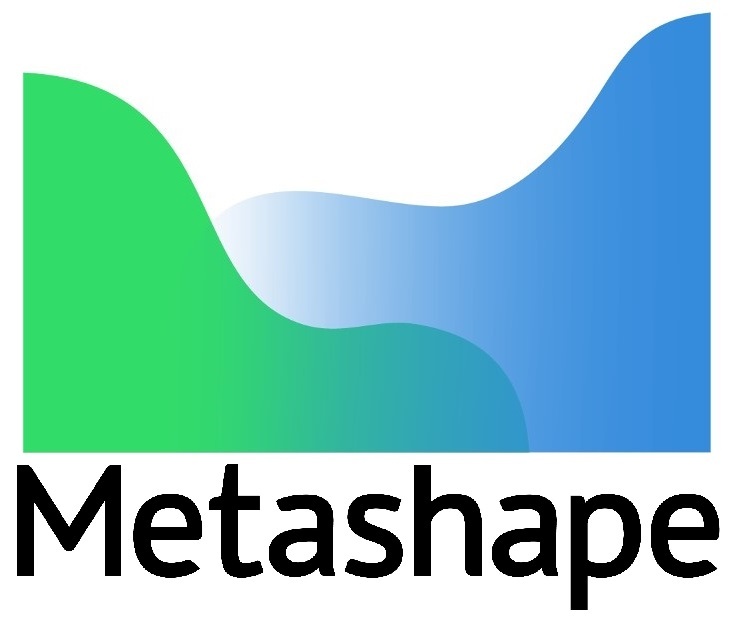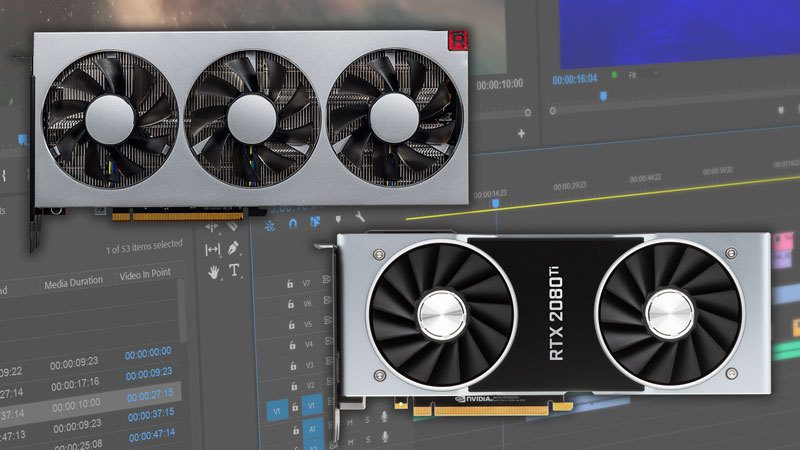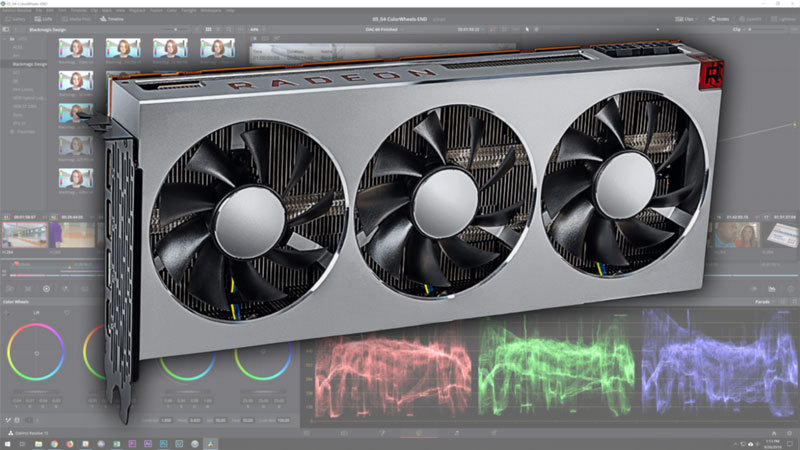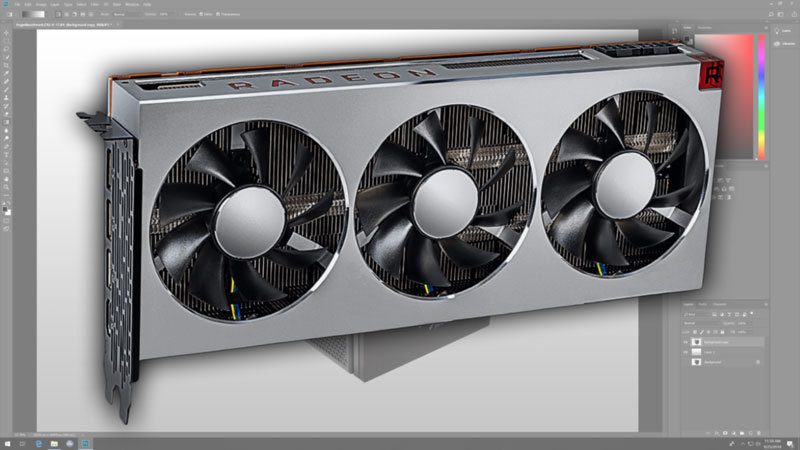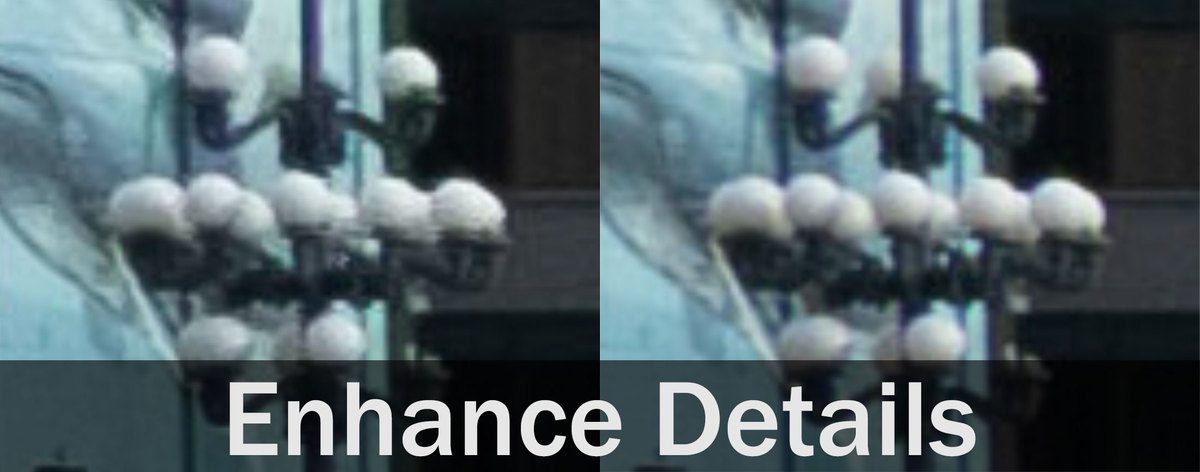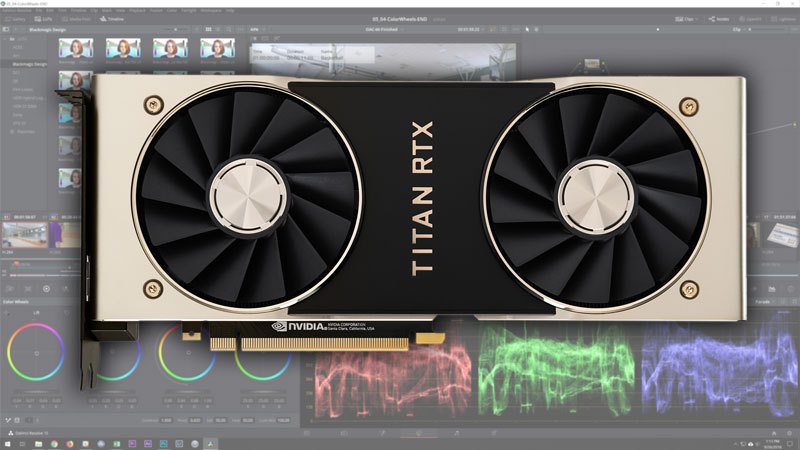Redshift is a GPU-based rendering engine, now owned by Maxon and available bundled with Cinema 4D – as well as in the form of plug-ins for other 3D applications. It was written to use NVIDIA’s CUDA graphics programming language, and since NVIDIA recently refreshed their GeForce series with new 2060, 2070, and 2080 “SUPER” cards we thought it would be a good time to re-test the whole RTX lineup.

